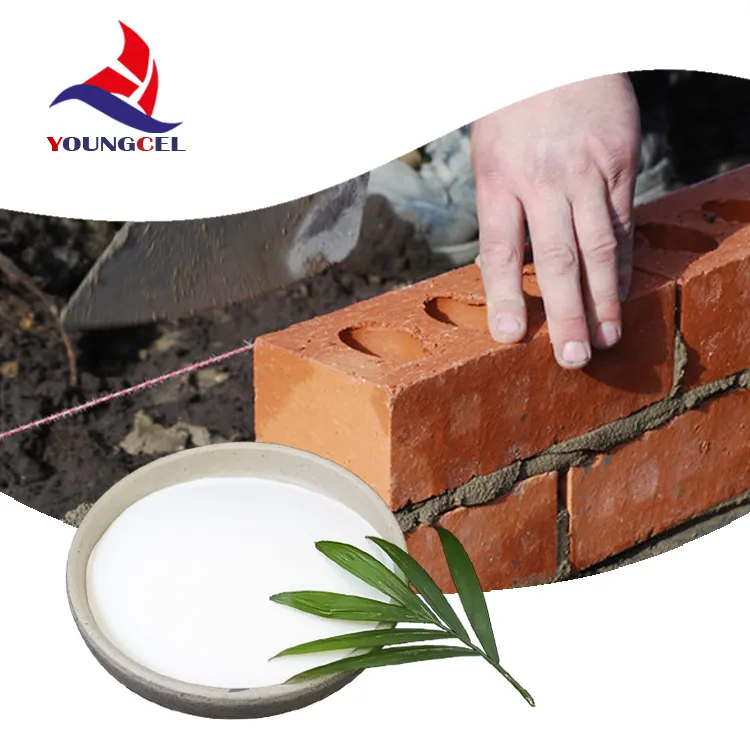Hydroxypropyl Methyl Cellulose (HPMC) A Versatile Polymer in Modern Applications
Hydroxypropyl Methyl Cellulose (HPMC) is a semi-synthetic polymer derived from cellulose, a natural polymer that forms the structural component of plant cell walls. HPMC has garnered significant attention in various industries due to its unique properties, making it a versatile ingredient in applications ranging from pharmaceuticals to food production.
One of the most notable characteristics of HPMC is its ability to form a gel-like substance when mixed with water. This gelling property is particularly useful in the pharmaceutical industry, where it is commonly used as a binding agent in tablet formulations, ensuring that the active ingredients are evenly distributed and released at the right rate. Additionally, HPMC serves as a thickening agent in syrups and suspensions, enhancing the stability and texture of liquid formulations.
Hydroxypropyl Methyl Cellulose (HPMC) A Versatile Polymer in Modern Applications
The food industry also benefits from HPMC, where it is used as a thickener, emulsifier, and stabilizer in various food products. HPMC is particularly valued in gluten-free formulations, where it helps mimic the texture and elasticity typically provided by gluten. Its ability to improve moisture retention in baked goods and sauces contributes to a more appealing mouthfeel and overall acceptability to consumers.
hydroxypropyl methyl cellulose (hpmc)

Furthermore, HPMC has gained recognition in the field of personal care products and cosmetics. It is used in lotions, creams, and shampoos as a thickening agent and stabilizer, improving the consistency and shelf life of these products. Its non-toxic and biodegradable nature makes it an attractive choice for formulating eco-friendly personal care products.
In addition to these uses, HPMC is finding applications in the realm of 3D printing and bioengineering. As additive manufacturing continues to evolve, HPMC is being explored as a biocompatible material for creating scaffolds in tissue engineering, where it supports cell growth and tissue regeneration.
Despite its myriad applications, HPMC is not without its challenges. The consistency in quality and performance can vary based on the method of production and the source of cellulose. Therefore, manufacturers must invest in rigorous quality control measures to ensure that HPMC meets the required standards for specific applications.
In conclusion, Hydroxypropyl Methyl Cellulose stands out as a multifunctional polymer that bridges several industries with its diverse properties. Its role in enhancing product stability and functionality continues to foster innovation and efficiency across various sectors, making it an essential ingredient in our daily lives. As research and technology advance, the potential applications of HPMC are likely to expand, further solidifying its importance in the modern marketplace.
-
Rdp Powder: Key Considerations for Wholesalers in the Building Materials IndustryNewsJul.08,2025
-
Key Considerations for Wholesalers: Navigating the World of Hpmc - Based ProductsNewsJul.08,2025
-
Hpmc Detergent: Key Considerations for WholesalersNewsJul.08,2025
-
Key Considerations for Wholesalers: China Hpmc For Tile Adhesive, Coating Additives, Concrete Additives, and MoreNewsJul.08,2025
-
Crucial Considerations for Wholesalers: Navigating the World of Construction MaterialsNewsJul.08,2025
-
Key Considerations for Wholesalers Sourcing Additive For Cement, Additive For Concrete, Additive For Putty from Additive Manufacturer Shijiazhuang Gaocheng District Yongfeng Cellulose Co., Ltd.NewsJul.08,2025




